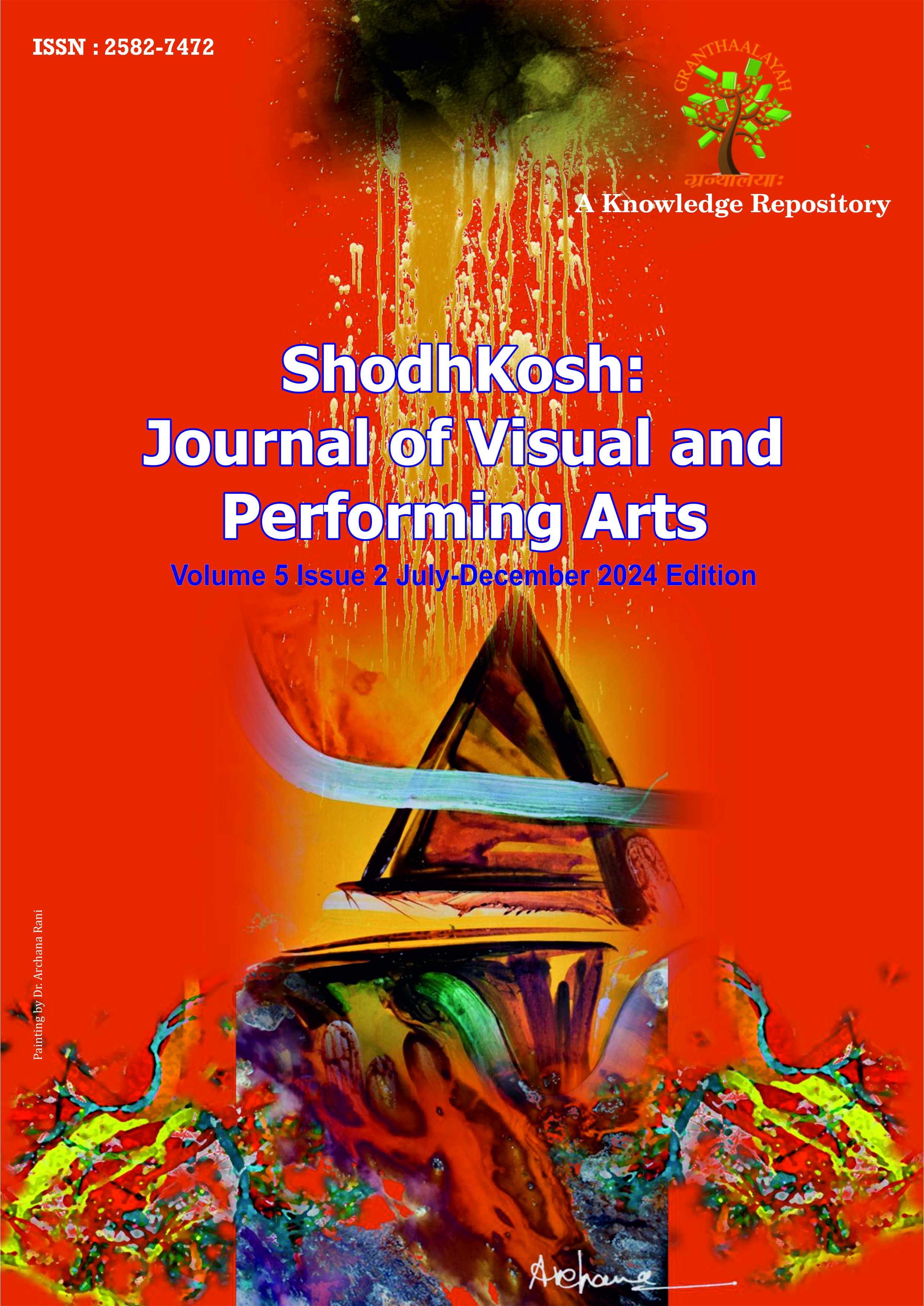DEVELOPMENT OF A SUSTAINABLE BUSINESS MODEL FOR DENIM
DOI:
https://doi.org/10.29121/shodhkosh.v5.i2.2024.925Keywords:
Denim, Sustainability, Environmental Impact, Denim Processing, Business ModelAbstract [English]
Globally, over a billion dollars are spent on denim jeans each year, and that number is still growing. As a result of this expansion, the production of waste in the systems is also increasing. According to the Environmental Protection Agency (EPA), roughly 5% of all landfill space is textile waste, including denim. One of the least ecological industries in the world is the denim industry. This calls for more intensive interventions in the design of sustainable development, as it calls into question the key criteria of sustainability. This topic has been covered by various models of industrial sustainability, although these models focus on solving global problems, assuming small improvements and growth. Consequently, a sustainable business model approach is necessary to drastically rethink how firms should operate to support system-level sustainability. This paper will provide comprehensive background information on the denim business and its operations before offering some notable case studies of well-known companies that use environmentally friendly practices. The result of this document will be a comprehensive analysis and building of a sustainable business model for the denim sector.
References
Arjun, D., Hiranmayee, J., & Farheen, & M. N. (n.d.). MNF Technology of industrial denim washing Technology of Industrial Denim Washing: Review.
Bureau, I. R. (2020, September 2). India Retailing Bureau. Retrieved From India Retailing. Accessed on February 2, 2024.
Csanák, E. (n.d.-a). Developing a Sustainable Denim Collection: Views, Aspirations & Methods of Ethical Denim.
Csanák, E. (n.d.-b). Sustainable Concepts and Eco-Friendly Technologies in the Denim Industry.
De Brito, M. P., Carbone, V., & Blanquart, C. M. (2008). Towards a Sustainable Fashion Retail Supply Chain in Europe: Organisation and performance. International Journal of Production Economics, 114(2), 534–553. https://doi.org/10.1016/j.ijpe.2007.06.012 DOI: https://doi.org/10.1016/j.ijpe.2007.06.012
Fashinza. (n.d.). Levi’s and its Business Guide of Sustainable Fashion and How it has Changed the Industry. Retrieved From Fashinza. Accessed on February 2, 2024.
Hamja, A. (2013). Development of Denim; How the Fashion World Looks Into it.
Handloomdenim. (n.d.). Retrieved From Slow Made India. Accessed on February 10, 2024.
Haque, A. N., & Naebe, M. (2022). Sustainable Biodegradable Denim Waste Composites for Potential Single-Use Packaging. DOI: https://doi.org/10.1016/j.scitotenv.2021.152239
Holtström, J., Bjellerup, C., & Eriksson, J. (2019). Business Model Development for Sustainable Apparel Consumption: The Case of Houdini Sportswear. Journal of Strategy and Management. 12(4). 481–504. DOI: https://doi.org/10.1108/JSMA-01-2019-0015
Islam, Md. T., & Hassan, Md. N. (2021). The Basic Layout of a Denim Textile Industry: A Basic Review. Journal of Management Science & Engineering Research, 5(1). https://doi.org/10.30564/jmser.v5i1.4068 DOI: https://doi.org/10.30564/jmser.v5i1.4068
Jiby, B. (2017). The Indian Denim Industry in a Market Driven Environment. International Journal of Advanced Research, 5(5), 1189–1196. https://doi.org/10.21474/IJAR01/4231 DOI: https://doi.org/10.21474/IJAR01/4231
Neema, T. (2019). Denim Production and Sustainable Development Neema Tindwa.
Sarkar, P. (2020, July 29). Making Denim & Jeans More Sustainable Way - Initiatives by Top Apparel Brands.
Srinivasan, B. (2022, April 25). Doodlage- CSR Activities.
Sustainable Denim Finishing. (n.d.). Retrieved From. Accessed on February 10, 2024. Cottonworks.
Published
How to Cite
Issue
Section
License
Copyright (c) 2024 Udita Shree, Dr. Neelam Agarwal Srivastava

This work is licensed under a Creative Commons Attribution 4.0 International License.
With the licence CC-BY, authors retain the copyright, allowing anyone to download, reuse, re-print, modify, distribute, and/or copy their contribution. The work must be properly attributed to its author.
It is not necessary to ask for further permission from the author or journal board.
This journal provides immediate open access to its content on the principle that making research freely available to the public supports a greater global exchange of knowledge.




























